larry merlau
Member
- Messages
- 18,741
- Location
- Delton, Michigan
well done glenn ,, so the shooting board was used to final fit the center pieces then you done the shoulder cut on the table saw right?
well done glenn ,, so the shooting board was used to final fit the center pieces then you done the shoulder cut on the table saw right?



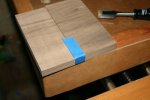
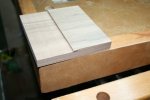
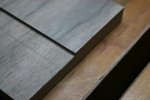

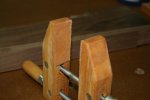
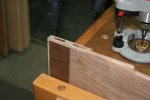
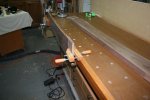
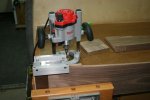

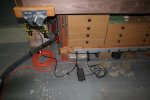


Thanks for all the pics Glenn, i get way more than just the project from them.
Perhaps you should look at updating your shop tour sometime but with a little emphasis on the little non obvious features like the convenience of those rules hanging on the bench and where you put the power bar.
glenn, do you think there is an advantage as far as alignment or strength using a mortise pal setup vs. a typical biscuit cutter and large biscuit?

i am sure you told us but what thickness are the sides?
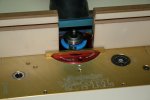
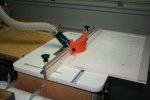
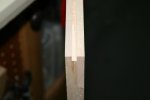
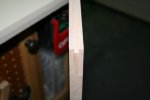
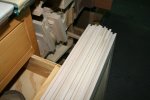
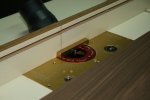
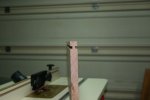
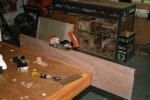
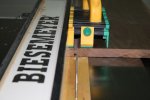
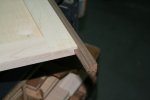
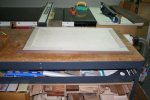
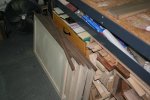
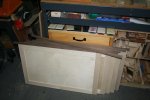
Not likely to happen.Am I boring you guys yet?

